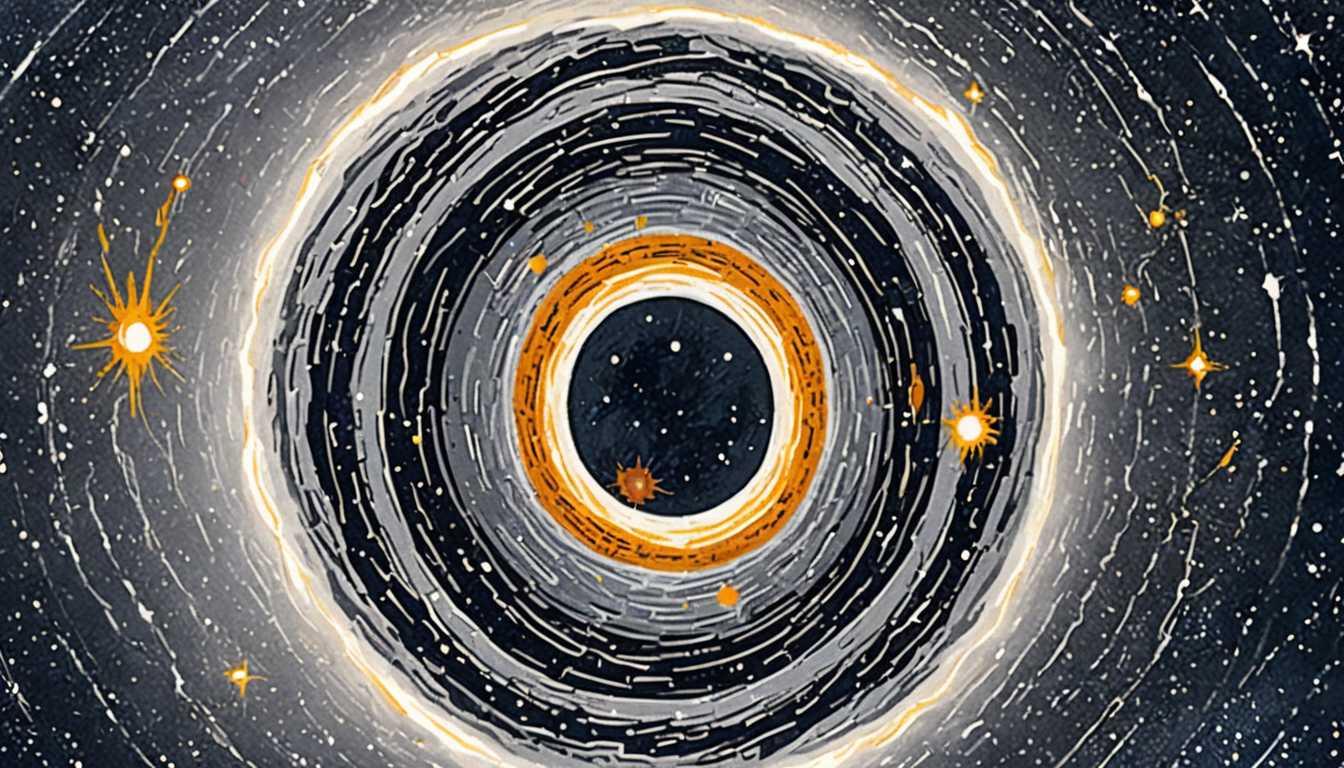Unlocking the Universe: The Rubin Telescope
December 2024
Harvard Gazette
Introduction
Hey there, sky gazers! 🌌 The Harvard Gazette brings you an exciting peek into the world of astronomy with "A Small Slice of Time." Discover how the impressive Rubin’s Simonyi Survey Telescope is gearing up to capture stunning images of the universe! With a test camera already in action, this project aims to unveil the mysteries of dark matter and dark energy while creating a cosmic map over the next decade. Ready to dive into the wonders of the night sky?
READ FULL ARTICLEWhy It Matters
Discover how this topic shapes your world and future
Mapping the Mysteries of the Universe
The Legacy Survey of Space and Time project is a groundbreaking endeavor that aims to create a detailed map of the universe, making significant strides in our understanding of dark matter and dark energy—two of the most enigmatic components of the cosmos. By utilizing the powerful Rubin’s Simonyi Survey Telescope and its advanced camera, scientists can capture time-lapse images of the night sky, revealing changes and movements of celestial bodies. This project not only enhances our scientific knowledge but also opens doors for collaboration among researchers worldwide. The implications are immense, from discovering new asteroids that could threaten Earth to understanding the forces that govern the universe's expansion. For you, as a curious student, this is an invitation to engage with the wonders of science and technology, potentially inspiring your own future discoveries.
Speak like a Scholar
Astrophysics
The branch of astronomy that deals with the physical properties and behavior of celestial bodies and phenomena.
Dark Matter
A type of matter that doesn’t emit light or energy, making it invisible, it makes up about 90% of the universe’s mass and is inferred from its gravitational effects.
Dark Energy
A mysterious force that is causing the universe to expand at an accelerating rate, it is not fully understood by scientists.
Wide-field Telescope
A telescope designed to capture images of large areas of the sky, allowing astronomers to observe many celestial objects simultaneously.
Cosmic Cinematography
The practice of taking images of celestial events over time to study changes in the universe, similar to how movies show motion through a series of still images.
Calibration
The process of adjusting and fine-tuning instruments to ensure their measurements are accurate and reliable.
Independent Research Ideas
The Role of Dark Matter in Galaxy Formation
Investigate how dark matter influences the structure and formation of galaxies, and why understanding it is crucial for astrophysics.
Mapping the Milky Way
Dive into the methods used by astronomers to create detailed maps of our galaxy and discuss what these maps reveal about our cosmic neighborhood.
The Physics of Cosmic Expansion
Explore the concepts behind dark energy and how it affects the rate of expansion of the universe, including different theories that attempt to explain it.
Asteroids and Planetary Defense
Research the techniques used to identify and track potentially hazardous asteroids, and the importance of planetary defense strategies for Earth.
Open Data in Science
Examine the benefits and challenges of making scientific data publicly accessible, including how it can foster collaboration and innovation in research communities.
Related Articles

Quantum Whispers: Noise-Cancelling Breakthrough
February 2023
Massachusetts Institute of Technology (MIT)

Decoding Black Holes: The Spin Secrets
January 2025
U of Cambridge Research

Exploring Exoplanets: The TRAPPIST-1 Journey
July 2024
MIT News

Sounds of Exploding Stars: A Student's Journey
May 2024
Caltech - Research News

Hidden Stellar Companions: Neutron Stars Revealed
July 2024
Caltech - Research News